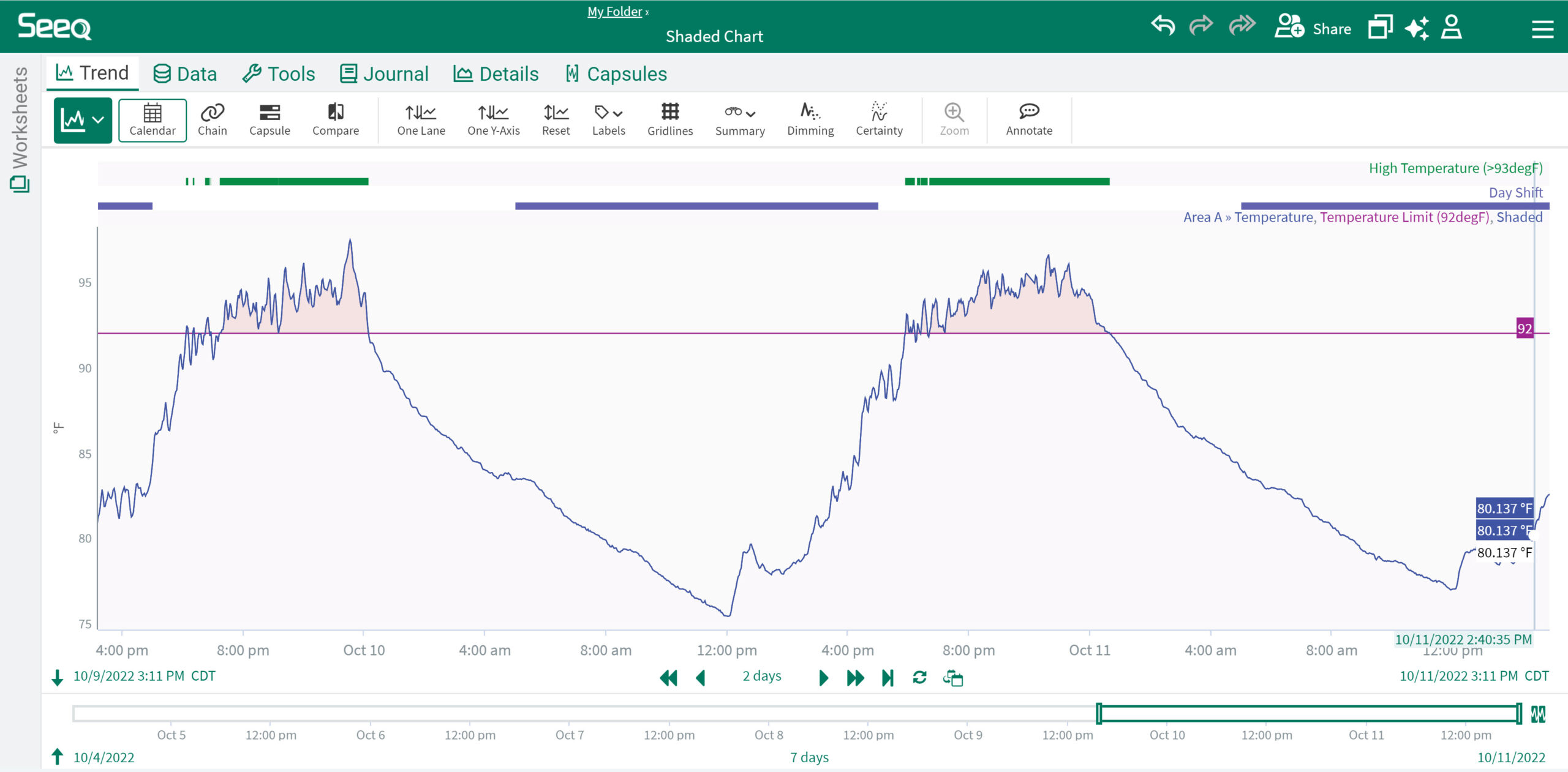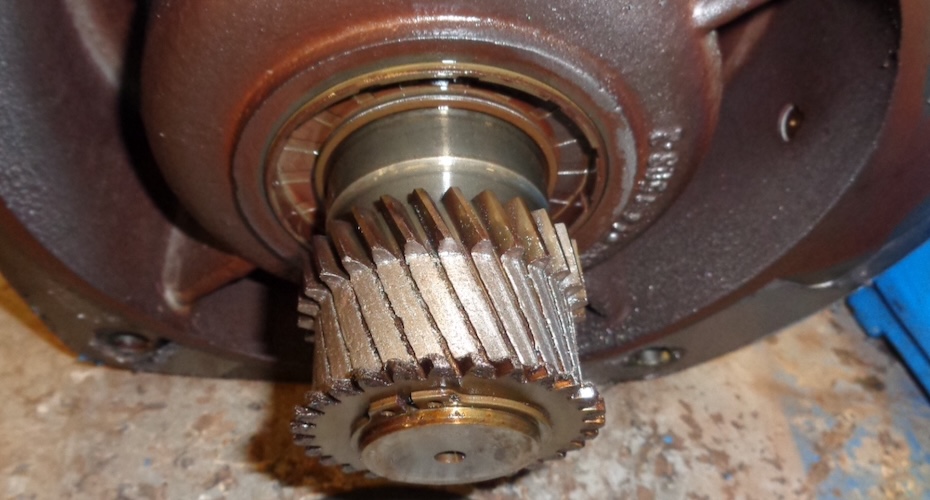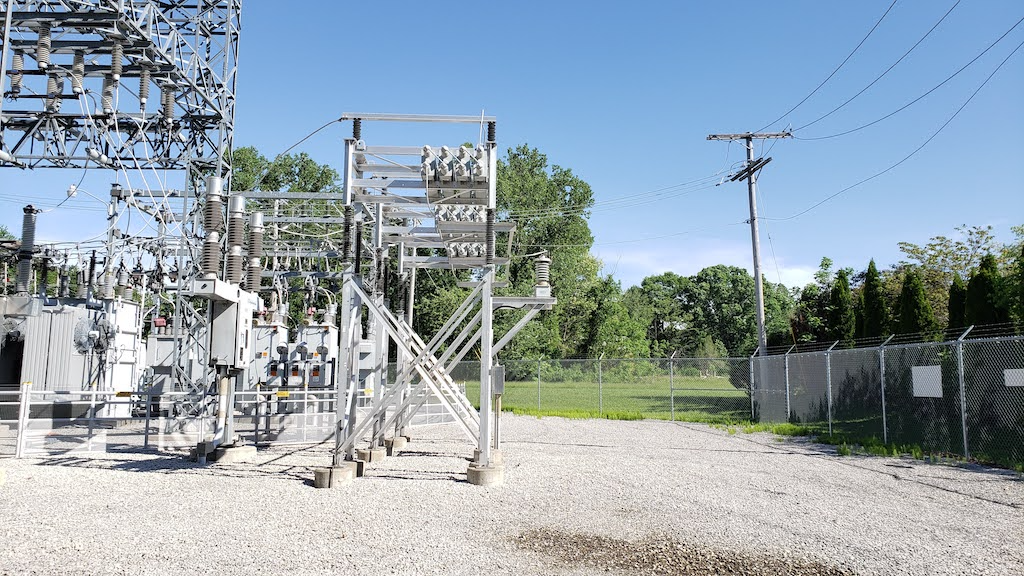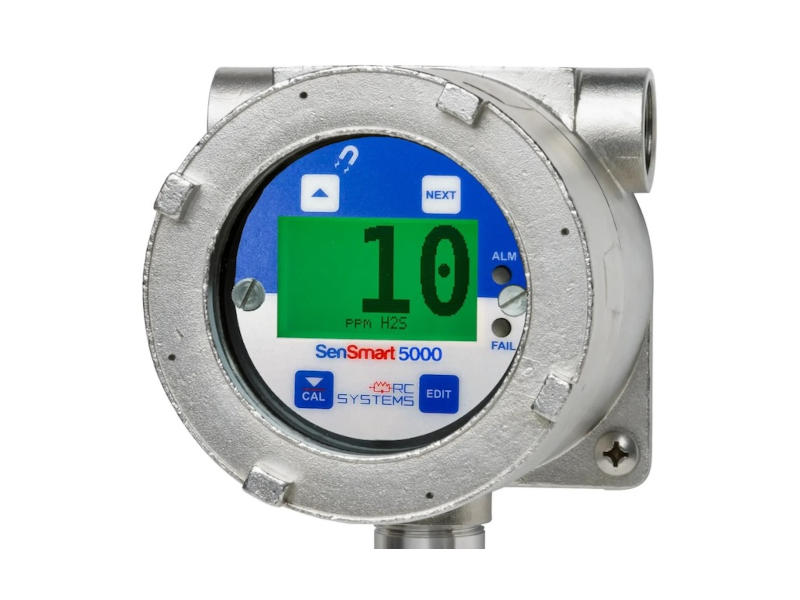Although vibration is going to be part of any industrial equipment, certain vibration types require immediate attention as they could result in further issues with the equipment and the possibility of equipment failure.
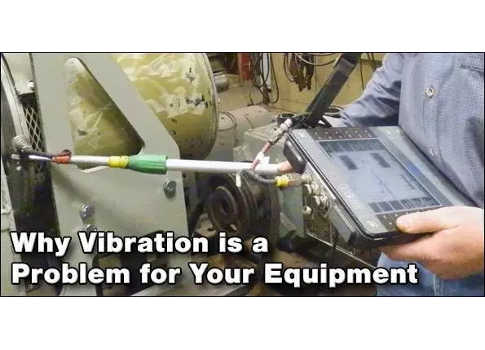
Establishing a preventative maintenance program requires that you look into several different ways of testing the equipment at your facility. You could use something such as infrared scans or perhaps sound analysis, but don’t overlook the benefits of checking for vibration as well. Although vibration is going to be part of any industrial equipment, certain types require immediate attention as they could result in further issues with the equipment and the possibility of equipment failure.
There are many reasons why vibration would occur. Identifying the vibration through a vibration analysis survey can help to determine if any serious problems are occurring with the machinery. Vibration itself is not always the problem but in many cases, it is an outward sign that something is wrong with the machine that needs repairing.
When is vibration a problem?
The majority of industrial equipment is designed to operate smoothly, and with minimum vibration. If any vibration within the machine is detected, it could be a sign of an underlying problem or an issue with deteriorating parts. If the problem is not corrected promptly, the vibration itself may also lead to further damage.
Although some machines are designed to vibrate, testing machines that are not given vibration as a part of conception can let you peer below the surface. Compressors, rotary pumps, fans, blowers, and electric motors are some standard equipment in your facility that should run smoothly. The lower the vibration on those machines, the fewer problems exist.
What are the common causes of vibration?
Many issues could lead to vibration, either with the primary equipment or perhaps even with auxiliary equipment. Here are a few of the more common problems:
Wear: When components within the machine begin to wear, such as drive belts, ball bearings, or gears, vibration is likely to occur.
Damage: If damage has occurred to any components within the machine, it could also lead to vibration as well as a pitted roller bearing race, a drive belt that needs to be replaced, or a gear tooth that has become chipped.
Misalignment: If the shafts are out of line, vibration could easily result, which could be an issue that develops over time, or it may be a problem that occurred at the factory during assembly.
Imbalance: When a heavy spot takes place in rotating equipment, it could result in vibration. The imbalance may be due to any number of issues, from manufacturers’ defects to a dirty fan blade. The effects of imbalance are often greater when the machine is operating at a higher speed.
Looseness: When components have become loose, it could lead to an issue with vibration, but the looseness may also be caused by vibration as well. Looseness may result in permanent damage to the motor, such as wearing of the equipment mounts or bearing damage.
It is impossible to get away from all vibration, but excessive vibration can be an indication of an underlying issue. Testing the equipment can help to identify the problem that is causing it before a catastrophic failure takes place.
– David Manney is a marketing administrator at L&S Electric. This article originally appeared on L&S Electric Watts New Blog. L&S Electric Inc. is a CFE Media content partner.
